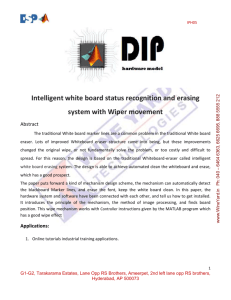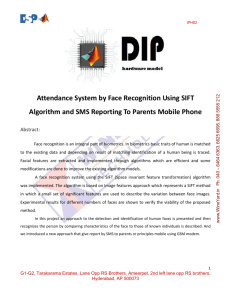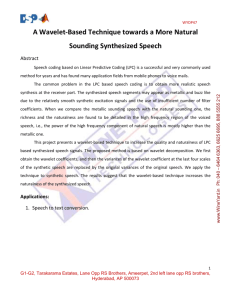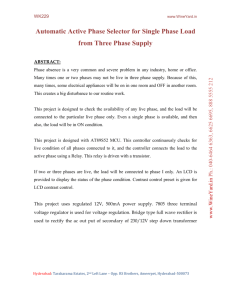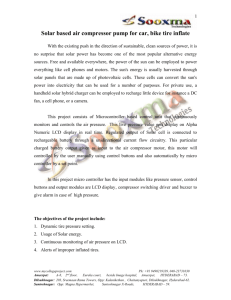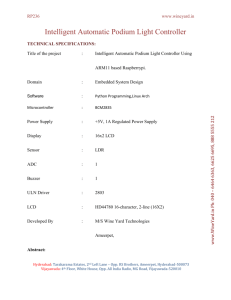Exposure Fusion Using Boosting Laplacian Pyramid
advertisement
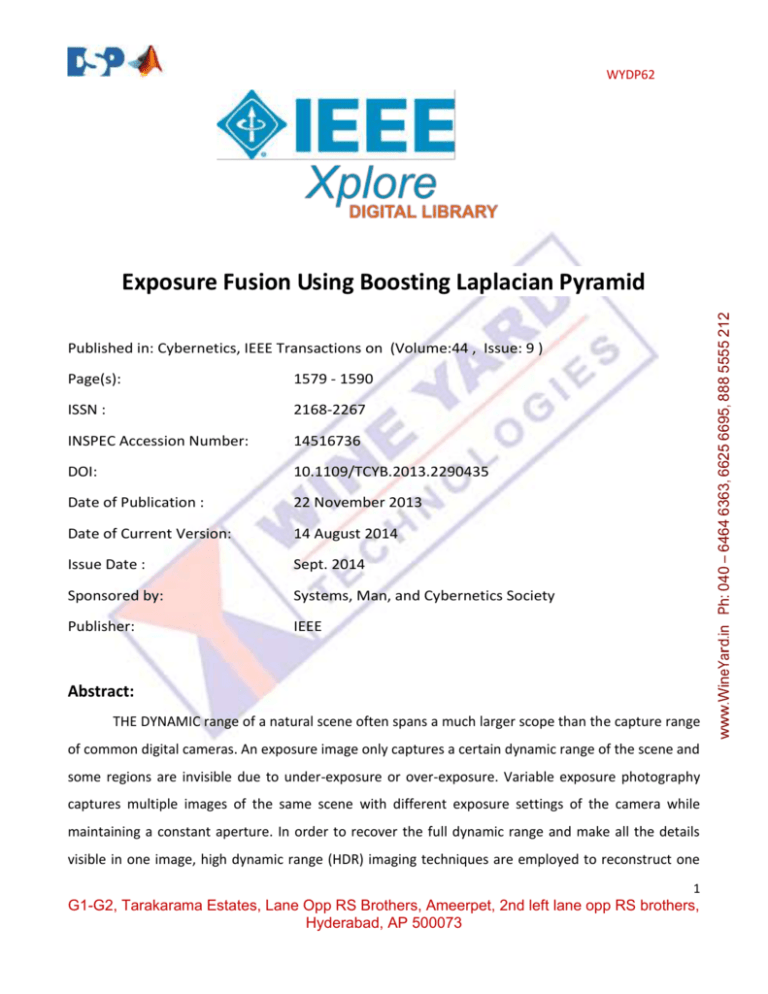
WYDP62 Published in: Cybernetics, IEEE Transactions on (Volume:44 , Issue: 9 ) Page(s): 1579 - 1590 ISSN : 2168-2267 INSPEC Accession Number: 14516736 DOI: 10.1109/TCYB.2013.2290435 Date of Publication : 22 November 2013 Date of Current Version: 14 August 2014 Issue Date : Sept. 2014 Sponsored by: Systems, Man, and Cybernetics Society Publisher: IEEE Abstract: THE DYNAMIC range of a natural scene often spans a much larger scope than the capture range of common digital cameras. An exposure image only captures a certain dynamic range of the scene and some regions are invisible due to under-exposure or over-exposure. Variable exposure photography captures multiple images of the same scene with different exposure settings of the camera while maintaining a constant aperture. In order to recover the full dynamic range and make all the details visible in one image, high dynamic range (HDR) imaging techniques are employed to reconstruct one 1 G1-G2, Tarakarama Estates, Lane Opp RS Brothers, Ameerpet, 2nd left lane opp RS brothers, Hyderabad, AP 500073 www.WineYard.in Ph: 040 – 6464 6363, 6625 6695, 888 5555 212 Exposure Fusion Using Boosting Laplacian Pyramid WYDP62 HDR image from an input exposure sequence. These generated HDR images usually have higher fidelity than convectional low dynamic range (LDR) images, which have been widely applied in many computer vision and image processing applications, such as physically-based realistic images rendering and photography enhancement. On the other hand, the current displays are only capable of handling a very limited dynamic range. This Project proposes a new exposure fusion approach for producing a high quality image result from multiple exposure images. Based on the local weight and global weight by considering the exposure quality measurement between different exposure images, and the just noticeable distortionbased saliency weight, a novel hybrid exposure weight measurement is developed. This new hybrid weight is guided not only by a single image’s exposure level but also by the relative exposure level between different exposure images. The core of the approach is our novel boosting Laplacian pyramid, which is based on the structure of boosting the detail and base signal, respectively, and the boosting process is guided by the proposed exposure weight. Our approach can effectively blend the multiple exposure images for static scenes while preserving both color appearance and texture structure. Our experimental results demonstrate that the proposed approach successfully produces visually pleasing exposure fusion images with better color appearance and more texture details than the existing exposure fusion techniques and tone mapping operators. Block Diagram: Input Images Local exposure weight Global exposure weight JND-Based Saliency Weight Boosting guidance Output Image Boosting guidance Boosting function Applications: 1. Extended depth-of-field. 2. Multi-sensor photography. 3. Non-photorealistic video. 2 G1-G2, Tarakarama Estates, Lane Opp RS Brothers, Ameerpet, 2nd left lane opp RS brothers, Hyderabad, AP 500073 WYDP62 Advantageous: 1. Very efficient and work for color images. 2. Fusion work for different illumination changes. Future scope: We will investigate further extensions of the exposure fusion for detecting the moving objects of the dynamic scenes in the future work. Output results: (a)Input images 3 G1-G2, Tarakarama Estates, Lane Opp RS Brothers, Ameerpet, 2nd left lane opp RS brothers, Hyderabad, AP 500073 WYDP62 (b) Output image Conclusion: This paper has presented a novel exposure fusion approach using BLP to produce a high quality image from multiple exposure images. Our novel BLP algorithm is based on boosting the detail and base signal respectively, and can effectively blend the multiple exposure images for preserving both color appearance and texture structures. 4 G1-G2, Tarakarama Estates, Lane Opp RS Brothers, Ameerpet, 2nd left lane opp RS brothers, Hyderabad, AP 500073
